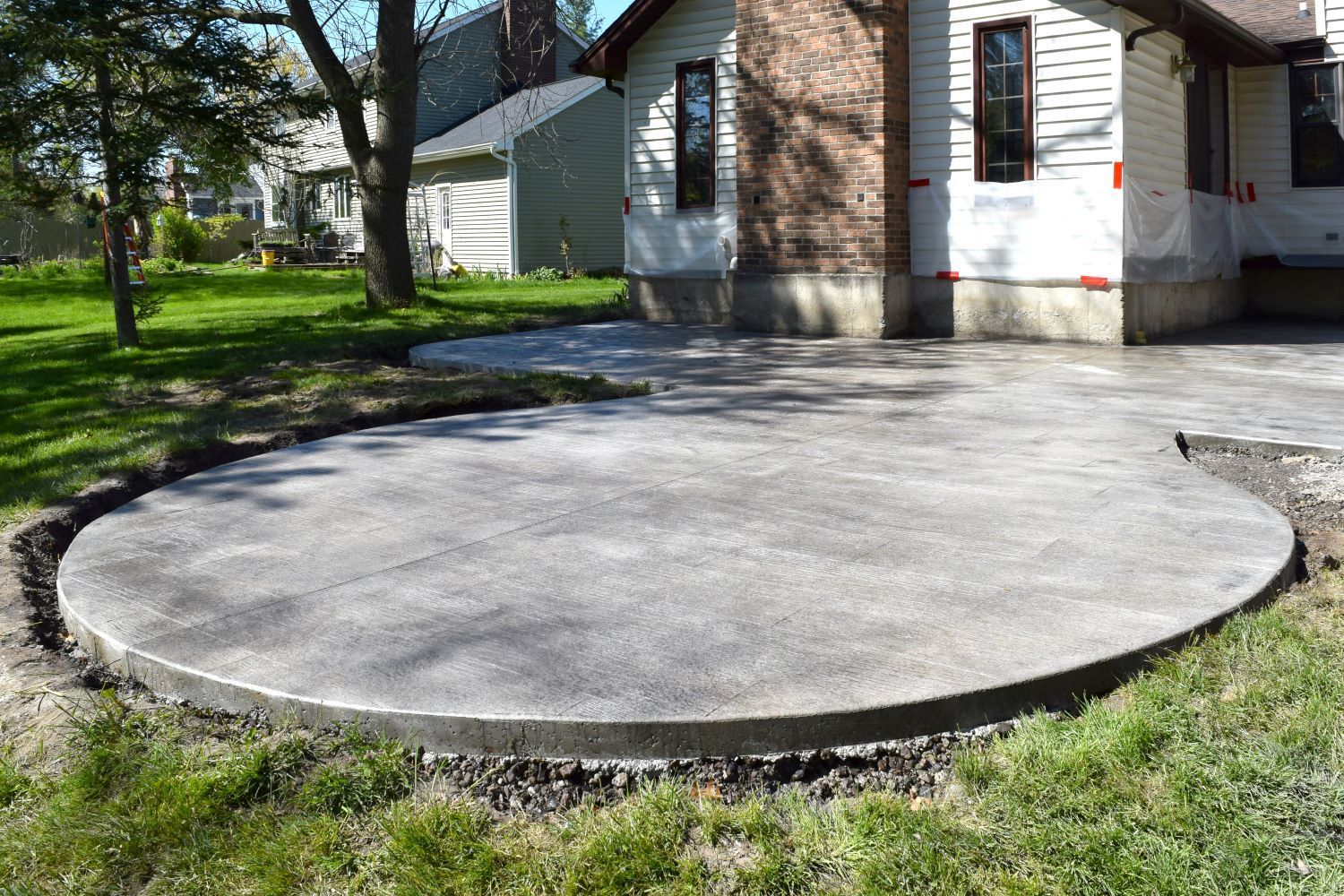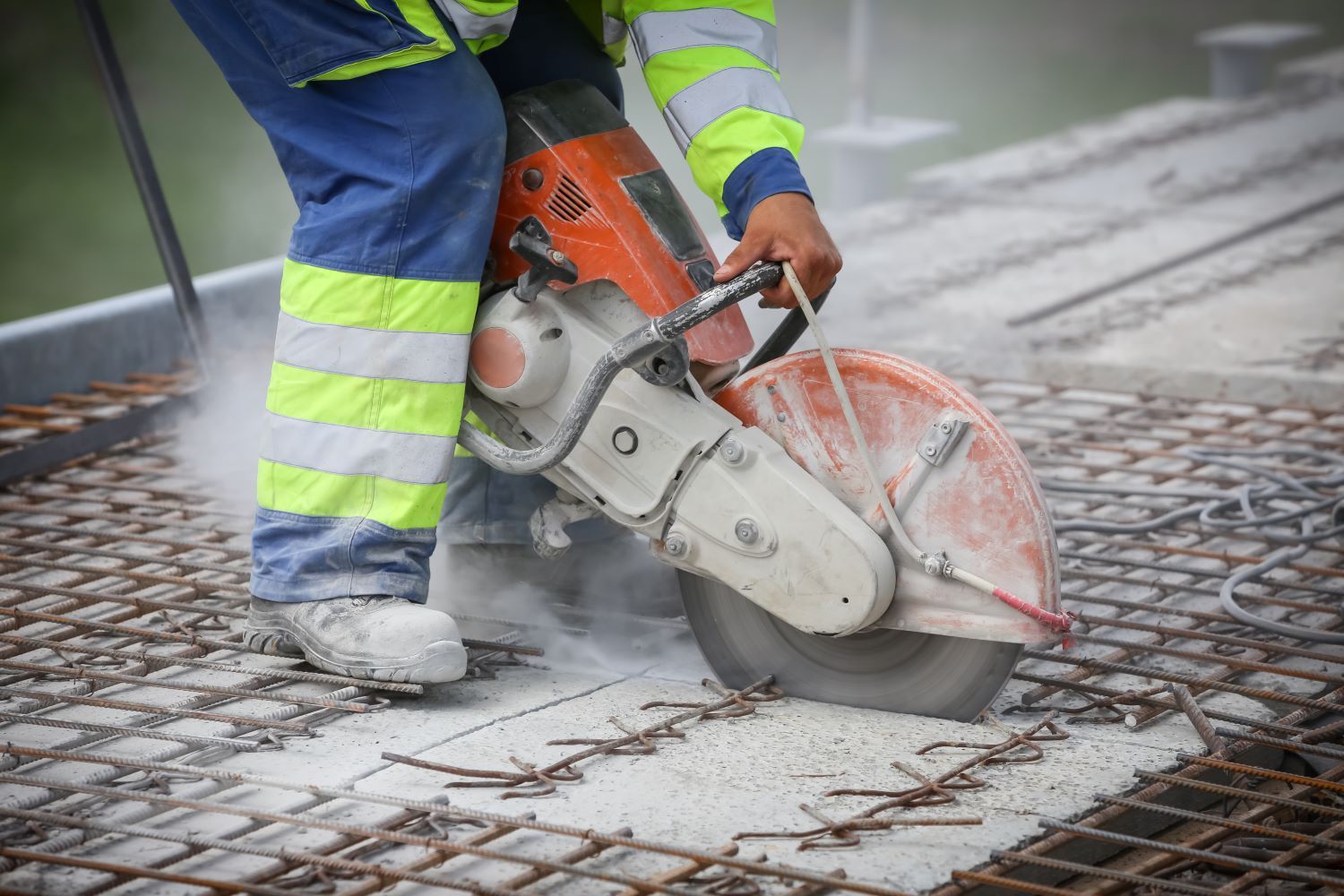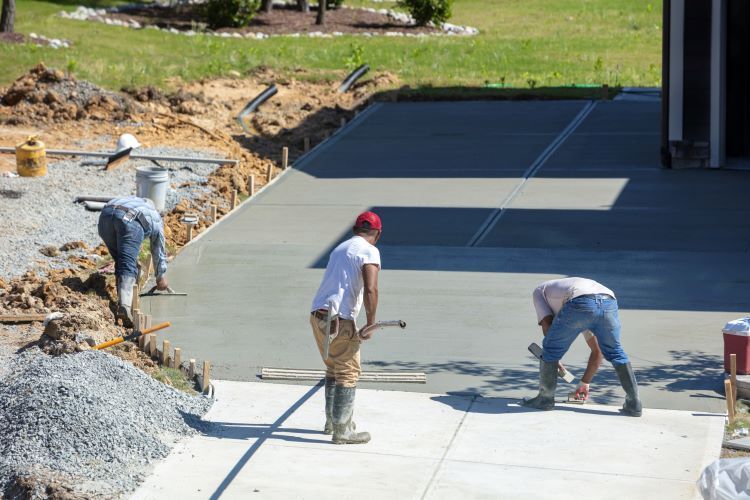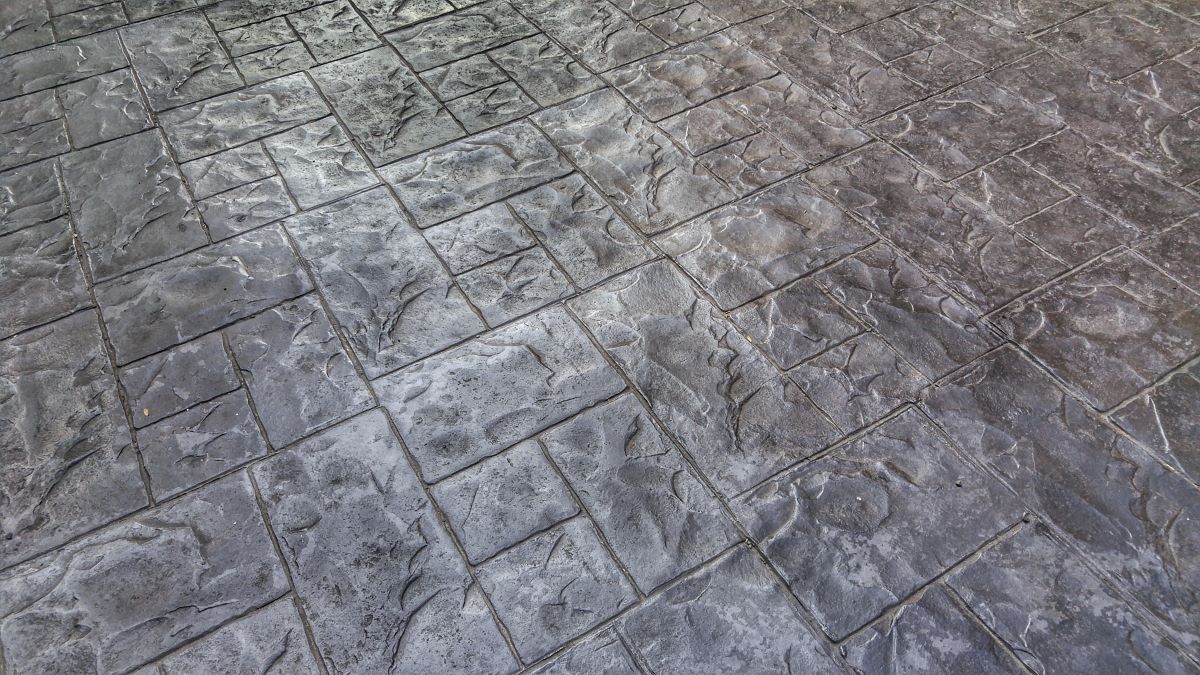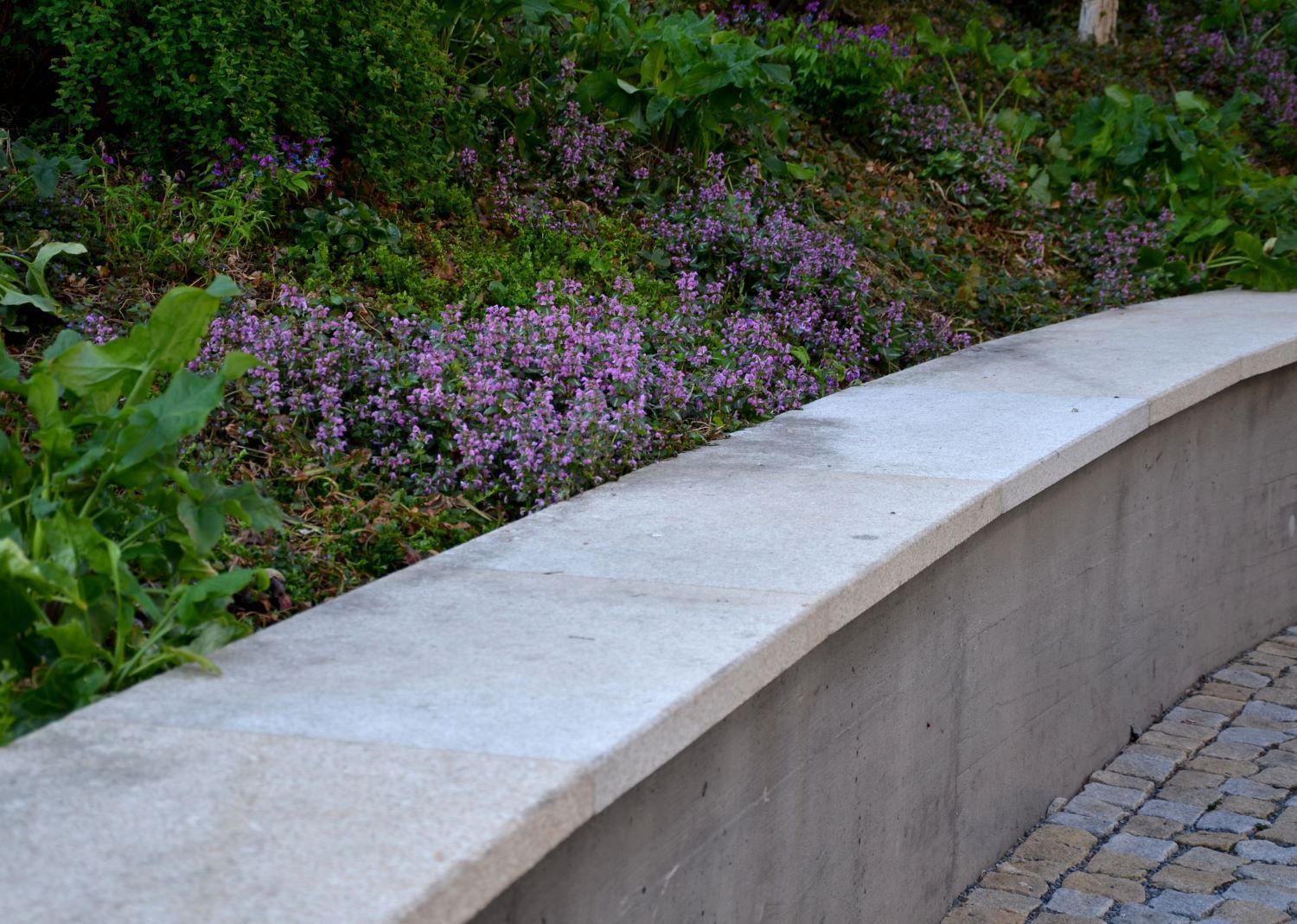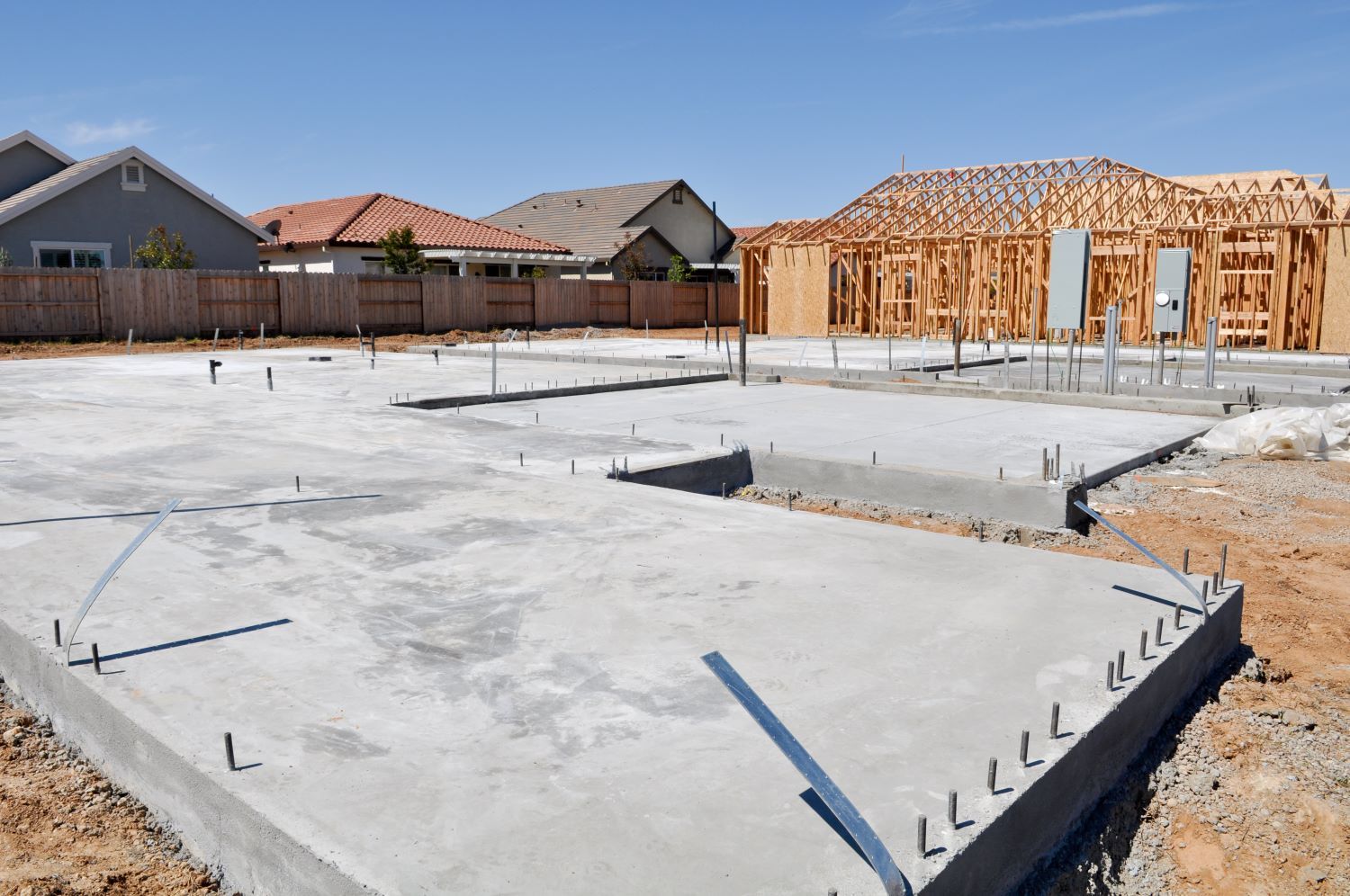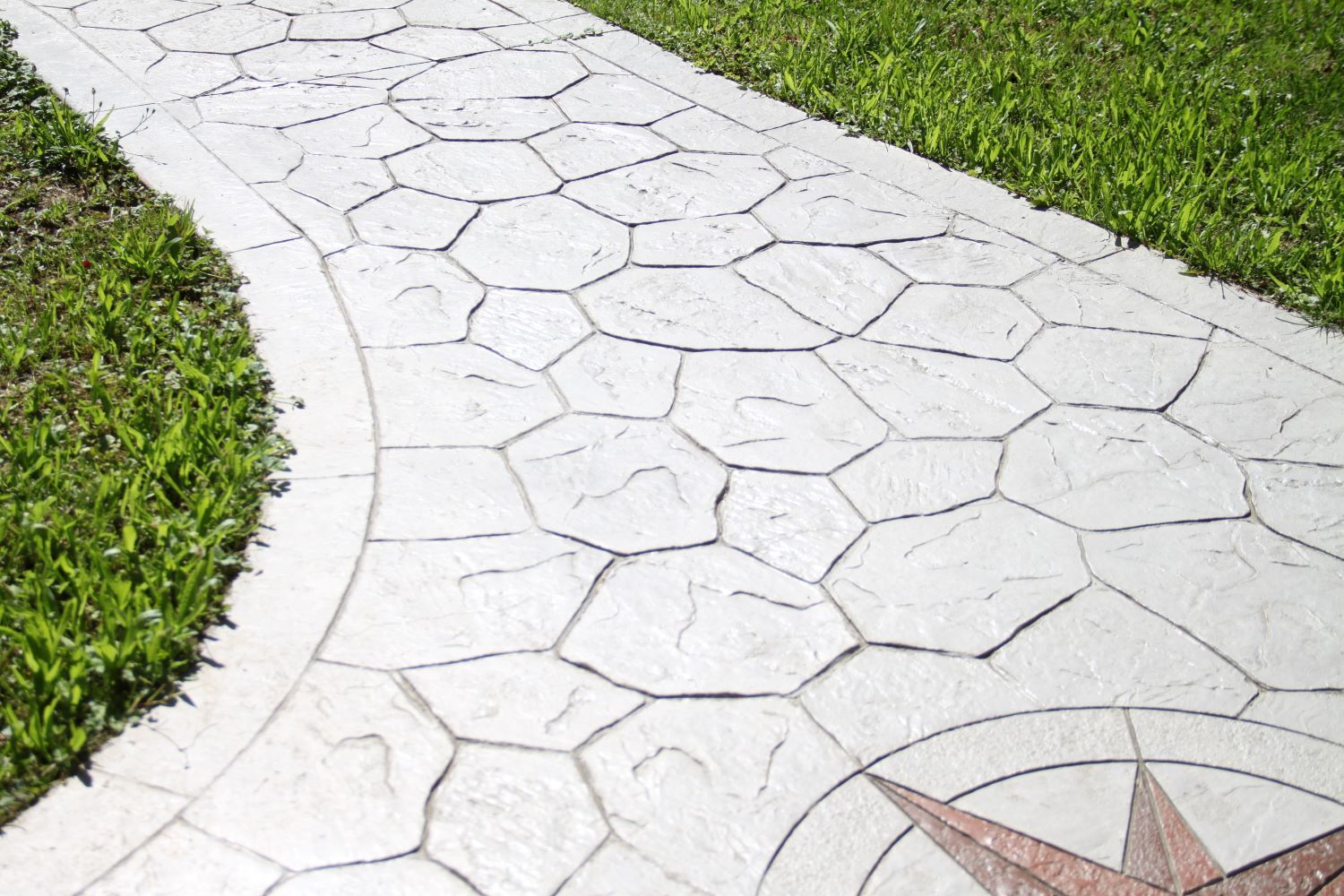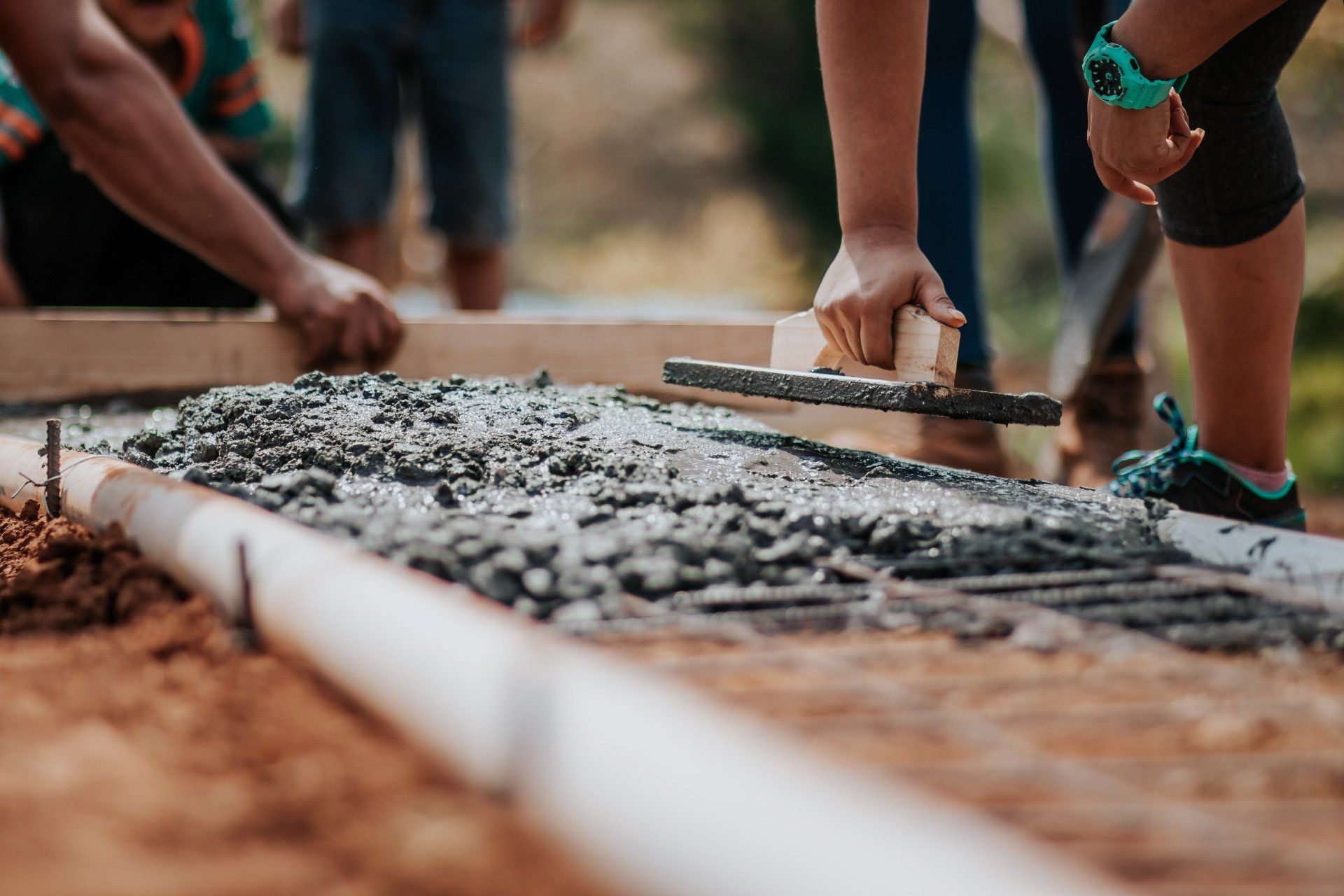How to Prepare Your Concrete Surfaces for Winter
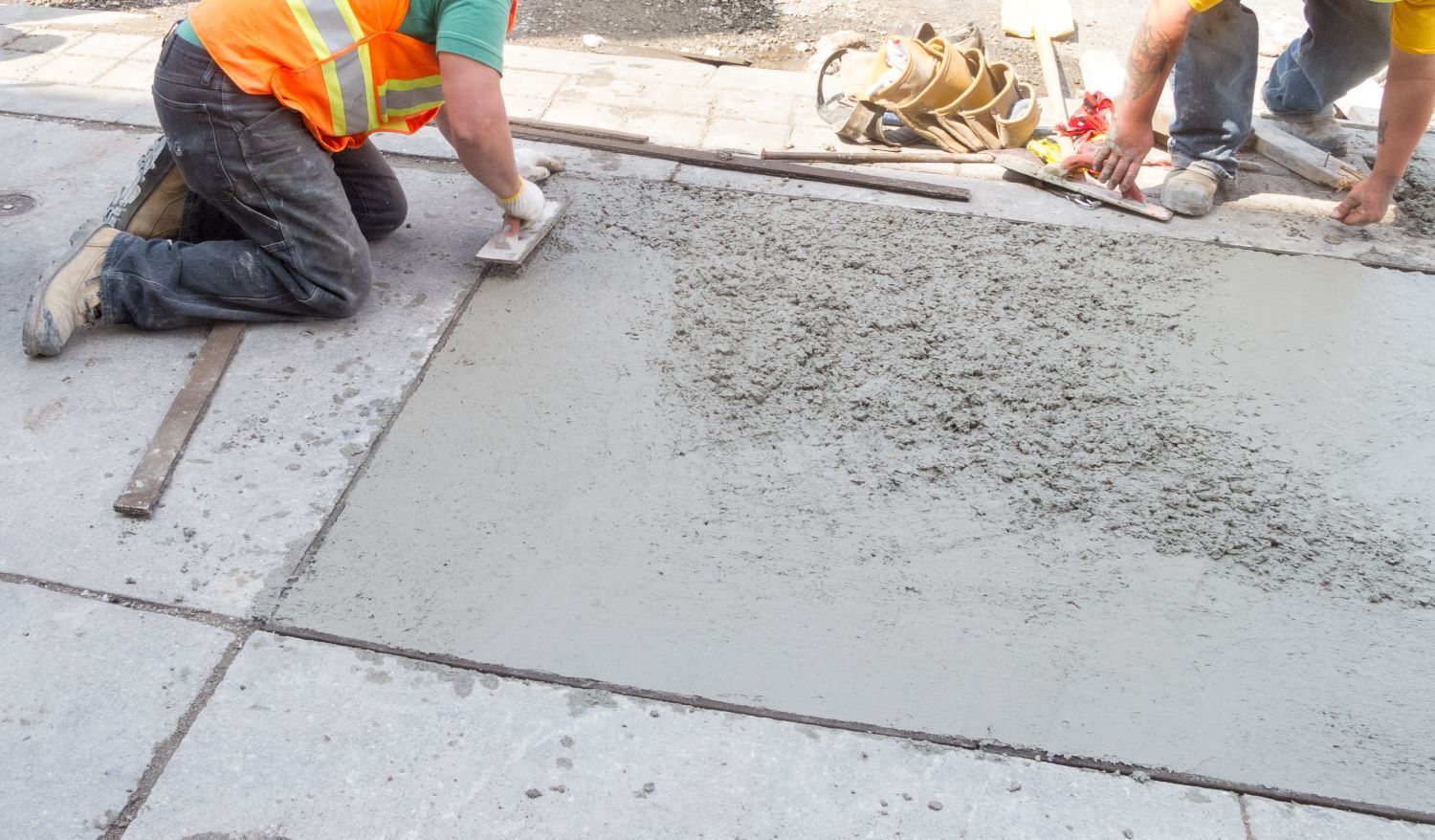
As winter approaches in St. John's, Newfoundland, homeowners and business owners alike need to start thinking about protecting their concrete surfaces. Concrete is durable and built to withstand tough conditions, but cold weather, freeze-thaw cycles, and de-icing chemicals can still cause significant wear and damage if not properly managed. With some proactive steps, you can keep your concrete driveways, sidewalks, patios, and floors in great condition all season long. Here’s how to prepare your concrete surfaces for winter to maximize their durability and appearance.
1. Inspect for Cracks and Damage
Before winter sets in, thoroughly inspect all concrete surfaces for any existing cracks, chips, or other signs of damage. Even small cracks can become bigger problems over time, as water seeps into the concrete and expands when it freezes. These freeze-thaw cycles can lead to larger cracks and crumbling surfaces. If you find any damage, consider repairing it before the cold weather arrives. Concrete patching compounds can be used to seal cracks and help prevent water from entering.
Tip: For larger repairs, it's best to hire a professional concrete contractor, as they can properly fill and level the damaged areas to ensure durability.
2. Clean the Surface Thoroughly
Dirt, debris, oil stains, and other residues can affect concrete’s resilience, particularly when exposed to cold weather. Take time to clean your concrete surfaces thoroughly before winter. Use a pressure washer to remove any surface grime, stains, and organic materials that could deteriorate concrete over time. For stubborn stains, consider using a specialized concrete cleaner that’s safe for outdoor surfaces.
Tip: Avoid using any cleaning products that leave a residue, as they could interfere with the concrete's ability to withstand winter conditions.
3. Apply a Quality Sealer
One of the most effective ways to protect your concrete from winter weather is to apply a concrete sealer. Sealers act as a barrier that helps keep moisture from penetrating the surface, reducing the risk of freeze-thaw damage. For optimal protection, choose a high-quality, penetrating sealer designed for outdoor use, as these products are specifically made to protect against harsh conditions and resist de-icing chemicals.
Acrylic Sealers: These sealers form a protective film on the surface and can be reapplied regularly. They are a popular choice for residential concrete surfaces like driveways and patios.
Silane or Siloxane Sealers: These sealers penetrate deeper into the concrete and offer long-lasting protection, making them ideal for high-traffic areas or surfaces that endure heavy winter conditions.
Tip: Apply the sealer when the temperature is still above freezing and allow it ample time to cure before any snow or ice sets in.
4. Improve Drainage Around the Concrete
Water pooling around concrete can lead to significant freeze-thaw damage, so improving drainage is essential. Ensure that water can easily run off or drain away from your concrete surfaces by checking that your gutters, downspouts, and drainage systems are working efficiently. Clear away any leaves, debris, or obstructions that could create pools of water near the edges of your concrete. If necessary, regrade areas around your concrete surfaces to prevent water from settling.
Tip: If you notice areas of water pooling, consider contacting a professional to help install proper drainage solutions, as this will extend the life of your concrete.
5. Avoid Harmful De-Icing Chemicals
De-icing products are often a go-to solution for icy driveways and sidewalks, but some chemicals can be highly damaging to concrete. Products containing ammonium nitrate or ammonium sulfate should be avoided, as they can deteriorate concrete surfaces. Instead, look for calcium chloride-based de-icers, which are less damaging to concrete. Even better, try using sand for traction without causing chemical damage.
Tip: Shovel snow frequently to reduce the need for de-icers. Removing snow early and often helps keep ice from forming and minimizes the need for chemical treatments.
6. Use Rubber Mats on Concrete Stairs and Entryways
Concrete stairs and entryways are often subject to high foot traffic and can become slippery in winter. Rather than using de-icing salts in these high-impact areas, consider placing rubber mats for added traction. These mats not only provide a safer surface but also help protect the concrete from damage caused by ice melts and freeze-thaw cycles.
Tip: Look for durable, non-slip rubber mats specifically designed for outdoor use. These mats can be easily removed and stored when not needed.
7. Stay on Top of Snow Removal
Finally, consistent snow removal is essential to protect concrete in winter. Allowing snow to sit on concrete for extended periods can result in ice formation, which leads to more freeze-thaw cycles. By clearing snow regularly, you prevent moisture from seeping into any small cracks or imperfections, which reduces the risk of winter-related damage.
Tip: Use a plastic shovel to prevent scraping and damaging your concrete surface. Metal shovels can leave scratches, especially if the concrete surface is decorative or stamped.
Benefits of Winter Concrete Preparation
Taking these steps to prepare your concrete for winter can offer several benefits:
- Extended Durability: Winter prep significantly extends the lifespan of your concrete surfaces.
- Enhanced Safety: Prepared surfaces are less prone to ice buildup, making walkways, stairs, and driveways safer.
- Reduced Repair Costs: Avoiding costly repairs and replacement is a major advantage, as properly maintained concrete is less likely to suffer severe damage from freeze-thaw cycles.
Trust the Experts for Long-Lasting Concrete
Preparing your concrete surfaces for winter can be a manageable DIY project, but enlisting professional help ensures that every step is done with expertise and precision. At Concrete Contractors St. Johns, we specialize in concrete maintenance and repair for the unique Newfoundland climate. Whether you need expert sealing, crack repair, or new installations, our experienced team can help you protect your investment and keep your concrete in top condition all year round.
Get in Touch
For reliable concrete services tailored to your needs, contact
Concrete Contractors St. Johns today. Our team of skilled professionals is here to answer your questions and provide top-notch concrete solutions for lasting results.
